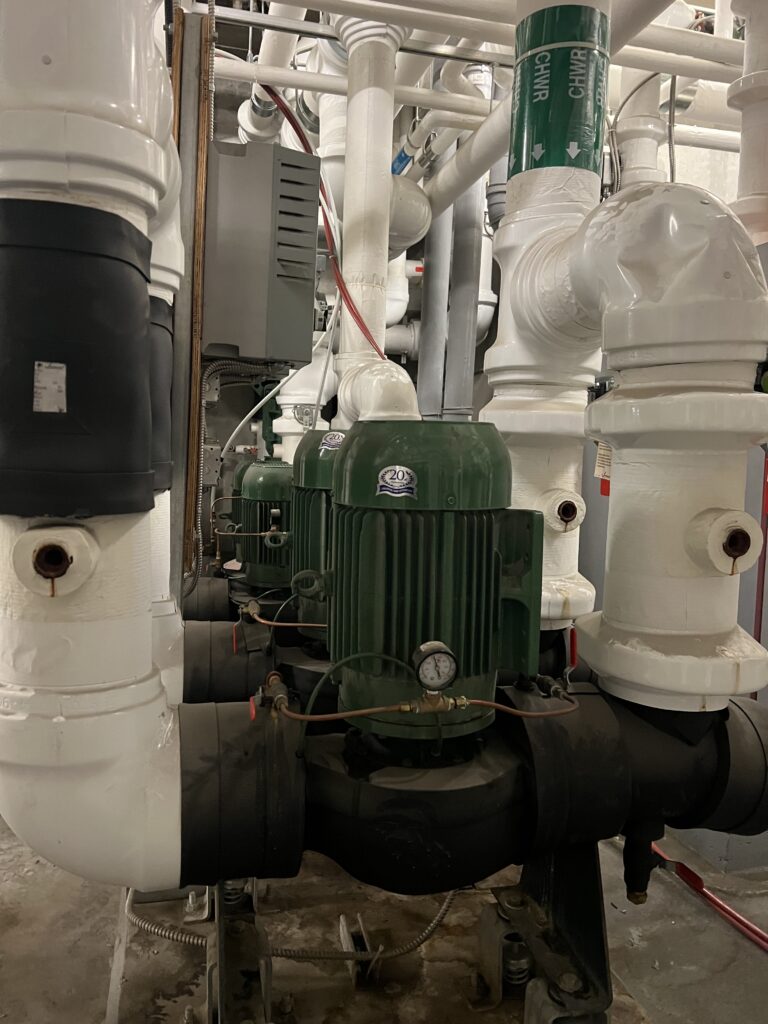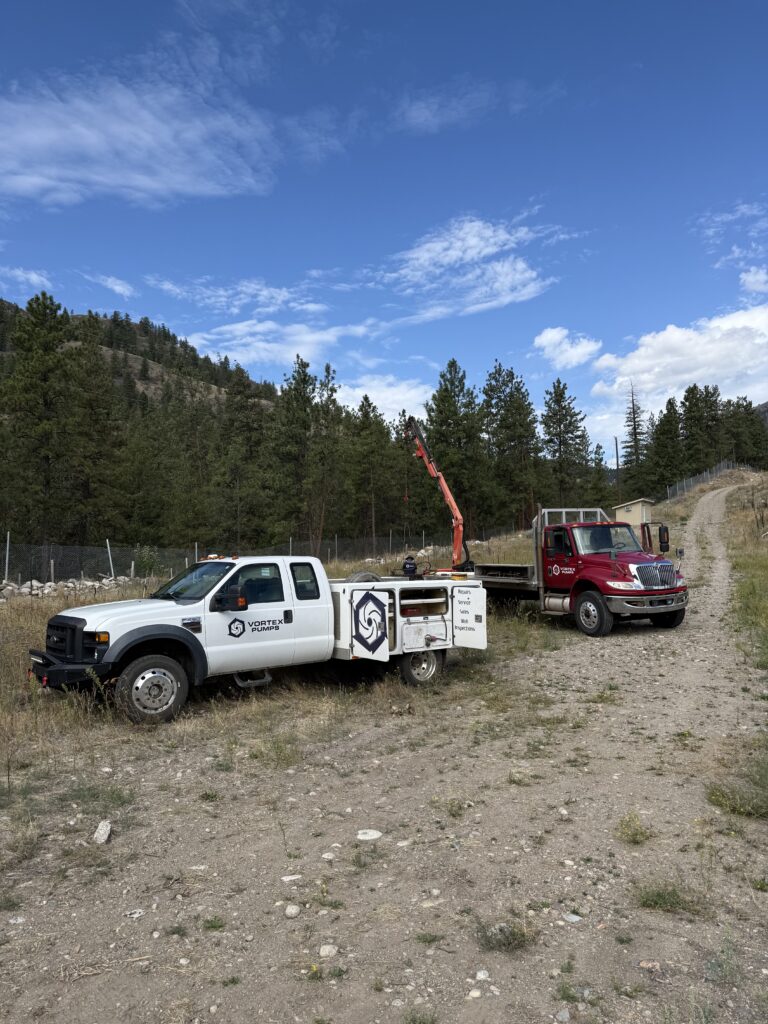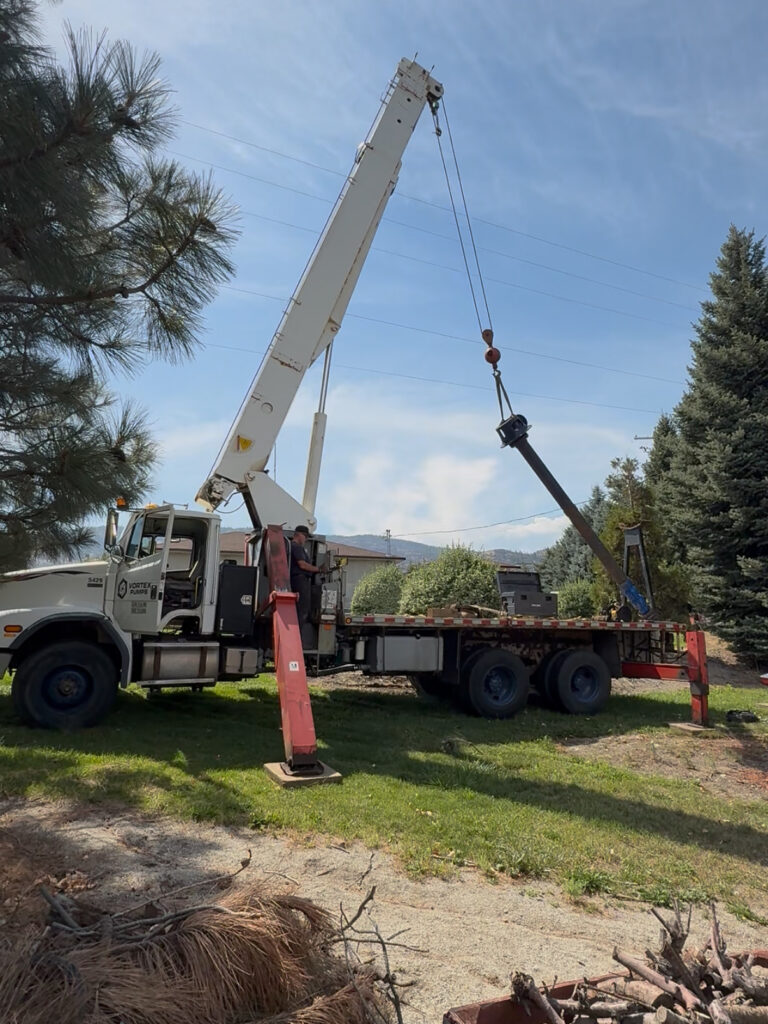Powering Your Success
Vortex Pumps
Our Industry Expertise
These are the industries we specialize in for water pump services, providing tailored solutions to meet the unique needs and challenges of each sector.

Municipalities

Residential

These are the industries we specialize in for water pump services, providing tailored solutions to meet the unique needs and challenges of each sector.



In most cases, if the pump is less than 10 years old, the pump or motor can be rebuilt. However, factors like the type of wear, water quality, current condition, and manufacturer need to be assessed. An inspection is required to confirm if it can be rebuilt.
Yes, oil changes are required regularly. It’s recommended to change the oil annually, which also provides an opportunity for other inspections.
It could be difficult to determine, but it’s recommended to check the motor bearings.
If the bubbles collapse in the middle of the flow, damage is unlikely. However, if they burst near metal parts, especially the impeller, the collapsing bubbles create micro-jets that can damage the pump’s metal components.
Vortexing occurs when the pump isn’t sufficiently submerged, causing air to be sucked into the inlet.
Pump performance typically drops when air entrainment reaches 2-3%. At 4-5%, the pump will struggle and become inefficient.
If the motor housing is discolored, the pump may have been buried in mud, causing it to overheat due to lack of water circulation. The motor likely needs to be replaced and reinserted at a different elevation.
NPSH stands for Net Positive Suction Head, which is required at the pump’s suction to avoid cavitation.
Key factors include flow required, NPSH available and required, total head, and pump efficiency.
Pump efficiency is the ratio of output power to input power, calculated as: (output power × 100) / input power.
Possible causes include a faulty pressure switch, clogged well screen, broken well pipe, aging pump, or clogged outlets.
Check the inlet to the pump as it may be restricted or partially blocked.
Yes, a small amount of leakage around the shaft is normal and desired. If no water is leaking, the packing may be too tight, which could lead to shaft wear.
Cavitation is the formation of air bubbles in the water stream due to a drop in water’s vapor pressure.
Most pump issues can be traced to the suction side. Investigating there can save time and money.
Ensure the pump is submerged to the manufacturer’s recommended depth. A rule of thumb is 1 foot of submergence per foot of water velocity.
Adding baffles or a bell housing to the end of the suction pump can help.
No, some pumps are made with cheaper components and wear out quickly, while more expensive pumps can last up to 20 years and be rebuilt.
Cavitation causes increased vibration and noise during pump operation.
Reduced efficiency can be caused by operating the pump at lower capacity, higher load, throttling the discharge valve, increased impeller wear, or changes in suction head.
Signs include fluctuations in water pressure, constant running, sputtering water flow, sediment in the lines, unusual sounds, changes in water quality, and higher electrical bills.